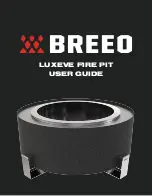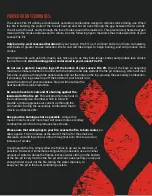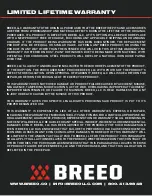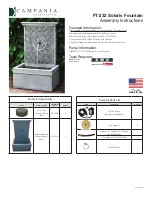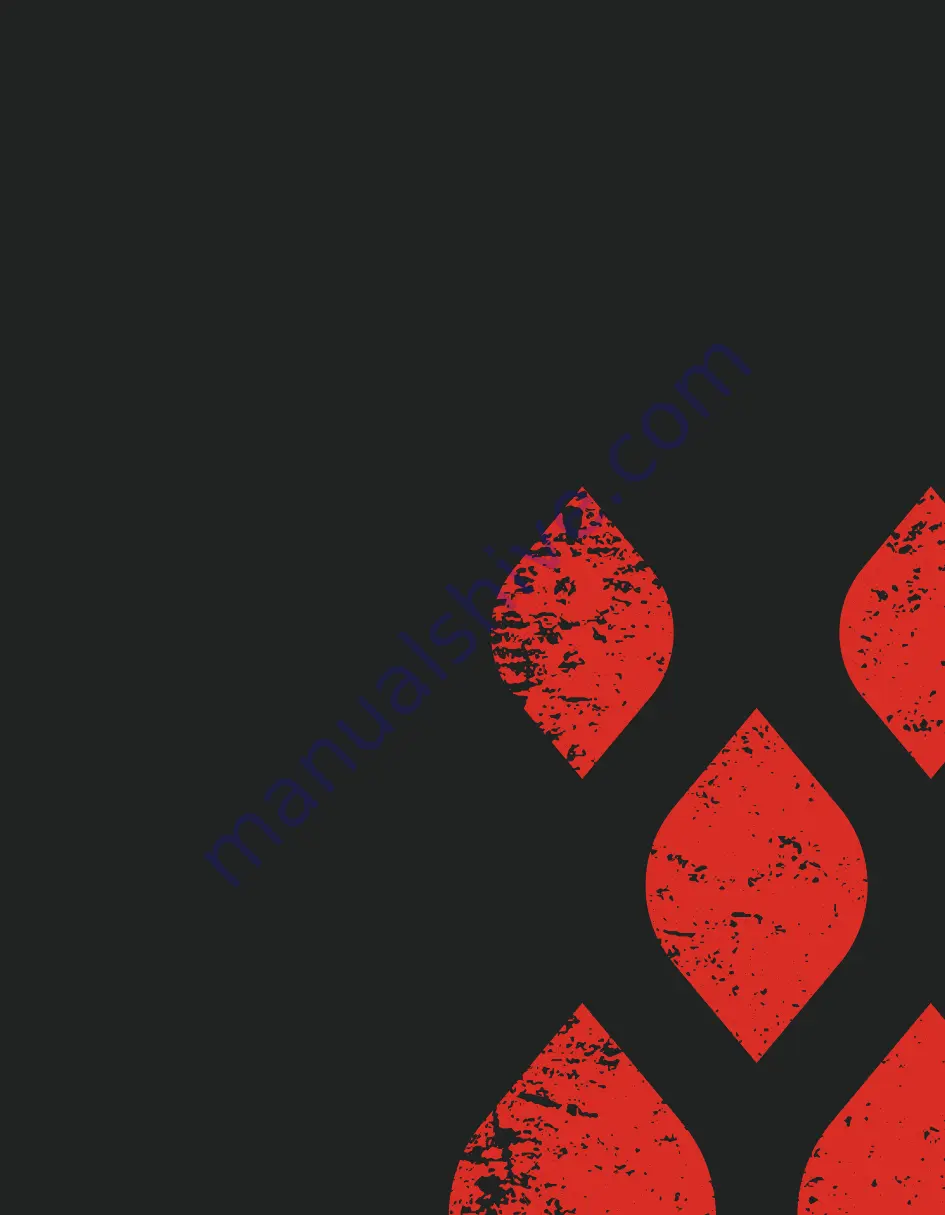
PROPER BURN TECHNIQUES:
The Luxeve Fire Pit utilizes a double-wall, secondary combustion design to reduce smoke during use. When
the fire is burning, the walls of the fire pit heat up and hot air rises through the gap between the two walls.
The air exits the wall cavity through the line of holes around the inside rim. This pressurized, heated oxygen
mixes with the smoke and causes it to reburn. Use the following tips to maximize the smoke reduction of your
Luxeve Fire Pit.
Only burn dry, well-seasoned hardwood
in your Luxeve Fire Pit, as it will burn hotter and more completely,
which aids in greater smoke reduction. Wet wood will take longer to begin burning, and will produce more
smoke.
Burn hardwoods such as birch, maple, oak, hickory, etc. as they burn longer, hotter, and produce less smoke
than softwoods.
Avoid burning pine or cedar wood in your Luxeve Fire Pit.
Do not use a grate to keep the logs off the bottom of your Luxeve Fire Pit.
One of the keys to acquiring
maximum smoke reduction is to allow both the bottom and side walls of the fire pit to heat up, which will then
force the oxygen up through the double walls and out the holes in the top, causing the secondary combustion.
If you keep your logs raised up off the bottom of your fire pit on a
grate, the bottom of your smokeless fire pit will not attain the
heat needed for smoke reduction.
Be sure to have hot coals and fire burning against the
inside wall of the fire pit.
This will provide more heat in
the double-walled air chamber, which in turn will
provide a more aggressive air current up through the
air chamber, forcing the secondary combustion that is
vital to a smokeless fire.
Keep your fire burning as hot as possible.
A larger fire
means more heat, and more heat will cause more secondary
combustion, which in turn produces less smoke.
Please note that adding logs to your fire causes the fire to burn cooler,
so
allow approx. 10-20 minutes at the start of the fire for the smoke to
dissipate, and add logs one at a time throughout burn time to avoid an
increase of smoke.
To extinguish the fire, simply allow the flames to go out on their own, if
possible. However, if immediate extinguishing is needed, use a minimal
amount of water to douse the flames. Excess water sitting on the bottom
of the fire pit is very hard on the fire pit and can cause rusting, so use just
enough water to put out the fire, letting the water vaporize, to
keep your fire pit in the best condition possible.
Summary of Contents for Luxeve
Page 1: ...LUXEVE FIRE PIT USER GUIDE...

